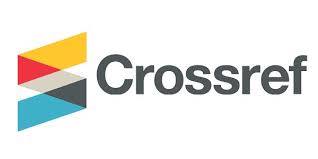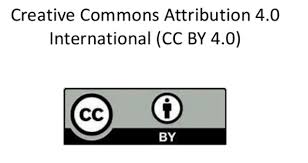Effects of indigenous cattle age on their beef quality
DOI:
https://doi.org/10.47440/JAFE.2021.2101Keywords:
Age, Beef, Carcass, Proximate Analysis, QualityAbstract
The experiment was conducted to examine the quality of beef from indigenous cattle at different ages. Animals were grouped into <1.6, 1.6–2 and 2–3 years, and then beef samples were collected. Live weight of <1.6 (140.93±18.82 kg), and 1.6–2 (143.87±14.95 kg) years cattle were significant (p<0.05) lower than 2–3 were years cattle (237.33±50.14 kg). Similarly, the hot carcass weight were significant (p<0.05) higher in 2–3 were years old cattle (126.77±31.80 kg) than <1.6 (68.65±13.75 kg), and 1.6–2 (72.45±9.08 kg) years old cattle, respectively. The average dressing percentages and mean pH value of meat sample were similar in all three age groups of cattle. Higher cooking loss were in 2-3 years cattle group and lower cooking loss were in 1.6-2 years cattle group after heating at 100°C for 20 and 30 minutes. Drip loss values after 1, 3, 6, 9, and 12 days in three age groups were significantly different (p<0.05) and higher drip loss were recorded in 1.6–2 years cattle group than other two age group of cattle. Among the proximate component, only crude protein (CP) and ash showed significant changes among beef cattle age group. The CP content were higher in meat from <1.6, and 1.6–2 years old cattle than 2–3 years cattle. On the other hand, ash content were significantly (p<0.05) higher in meat from <1.6 years old cattle than other age group. From this present study, it is concluded that the age of indigenous beef cattle has influenced on beef quality.






 Publisher:
Publisher: 